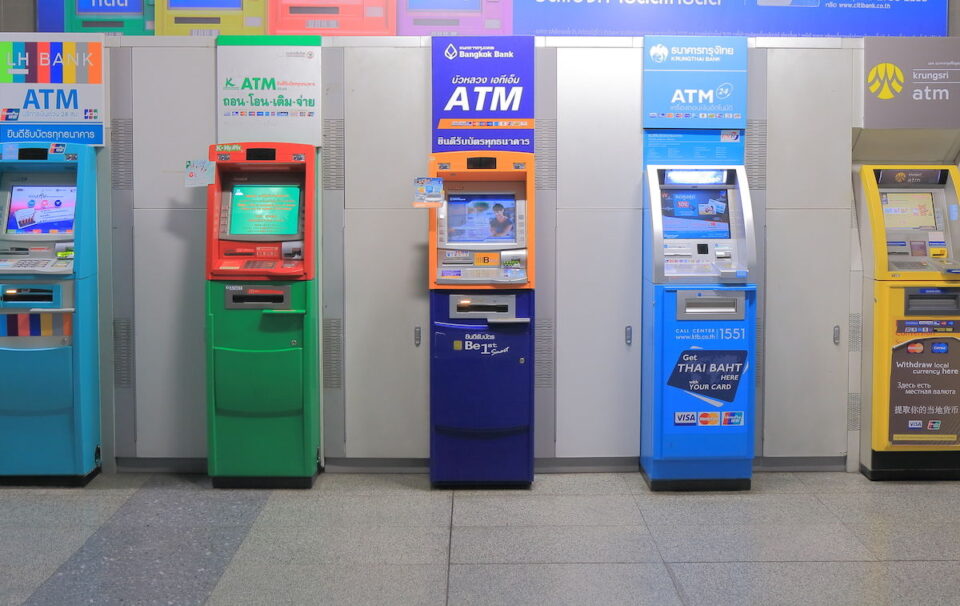The integration of ATM 3-way connectivity with GIA and SERA systems has brought significant improvements to the way businesses and individuals interact with banking networks. This advanced system not only enhances the speed and reliability of transactions but also ensures a higher level of security and accuracy when handling sensitive information. Understanding how this sophisticated system works, and its benefits, can help you optimize its usage for better performance and user experience.
In this detailed guide, we will explore the various aspects of the ATM 3-way with GIA and SERA, focusing on its operational mechanics, advantages, and practical applications in different sectors. This information is essential for those looking to fully leverage the capabilities of modern ATM networks while ensuring seamless integration with advanced financial systems.
What is ATM 3-Way Connectivity?
ATM 3-way connectivity refers to a system that allows an automated teller machine (ATM) to communicate with three distinct networks or protocols simultaneously. This three-way interaction ensures that the ATM can handle multiple functions in real-time, such as:
- Transaction Authentication
- Data Transfer
- Security Protocol Execution
In a 3-way system, the ATM interacts with two main control systems—GIA and SERA. Each plays a vital role in maintaining the efficiency and security of the transaction process. The 3-way configuration ensures that no single point of failure can compromise the integrity of the network.
Understanding the Role of GIA in the ATM 3-Way System
GIA (Global Interbank Authorization) is a critical component in the ATM 3-way system. It is responsible for the authorization of transactions across a global banking network, ensuring that all transactions meet the required standards for security and validation. Key functions of GIA include:
- Real-time authorization: GIA verifies transactions in real-time, checking account balances, limits, and authorization codes to ensure legitimacy.
- Fraud detection: GIA incorporates advanced algorithms that help detect suspicious activities and prevent fraudulent transactions.
- Interbank coordination: GIA ensures smooth communication between different banking institutions, allowing for cross-border transactions and collaboration.
In an ATM 3-way system, GIA serves as the primary controller that interacts directly with the bank’s servers to validate transaction requests. This ensures that all funds are available before they are disbursed, and it confirms the identity of the user through various authentication methods such as PINs, biometrics, or card chips.
How SERA Enhances Security in ATM Transactions
SERA (Security Enhanced Real-time Access) works hand-in-hand with GIA to provide a fortified layer of security for the ATM 3-way system. While GIA focuses on the authorization aspect, SERA is tasked with ensuring the highest level of security during the transaction process. The primary roles of SERA include:
- Encryption of transaction data: SERA employs end-to-end encryption to protect sensitive information such as PINs, card details, and personal identification.
- Monitoring for breaches: Through constant monitoring, SERA detects any attempts to breach the system, ensuring that unauthorized access is immediately flagged and blocked.
- User identity protection: SERA integrates biometric technology and multi-factor authentication to ensure that the person using the ATM is the legitimate cardholder.
- Firewall and Intrusion Detection: It builds a solid firewall around the ATM system and continuously scans for potential vulnerabilities that hackers might exploit.
The presence of SERA in the ATM 3-way system makes it nearly impossible for external threats to penetrate the system, protecting users from identity theft, fraud, and other cybercrimes.
Key Benefits of ATM 3-Way with GIA and SERA
By combining the ATM 3-way setup with GIA and SERA, users and financial institutions can enjoy a range of benefits that traditional ATM systems cannot offer. These include:
1. Enhanced Security
The integration of SERA’s encryption and GIA’s fraud detection mechanisms ensures that every transaction is highly secure. This reduces the risk of fraud, identity theft, and unauthorized access to user accounts.
2. Faster Transaction Speeds
With the 3-way system, transaction processing times are reduced significantly. Since GIA handles authorization in real-time and SERA ensures swift data transfer, users can complete their transactions quickly without compromising on security.
3. Global Connectivity
The GIA component enables seamless interbank transactions, meaning users can withdraw or deposit money across borders effortlessly. This system supports a wide range of currencies and banking standards, making it ideal for international travelers and businesses.
4. Multi-layer Authentication
Thanks to the combined efforts of GIA and SERA, multi-factor authentication is enabled, giving users the ability to verify their identity using a combination of passwords, PINs, biometric data, or even mobile authentication apps.
5. Continuous System Monitoring
SERA’s real-time monitoring capabilities ensure that any attempt to compromise the system is detected and neutralized before it can cause any damage. This constant vigilance keeps the ATM networks running smoothly and securely.
Applications of ATM 3-Way with GIA and SERA
The advanced ATM 3-way system is suitable for a variety of applications across different sectors. Some of the most prominent applications include:

